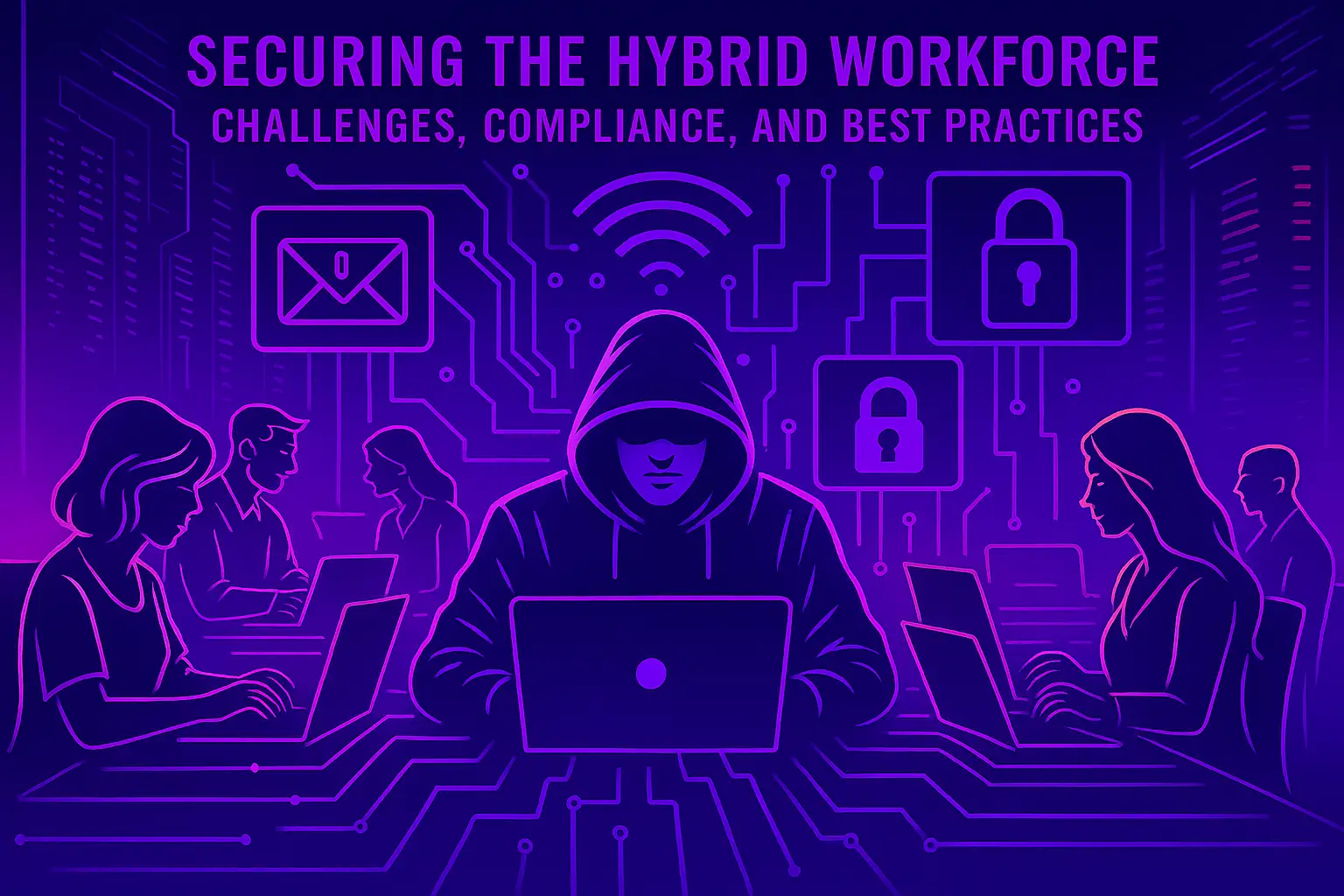A Massive Credential Leak Reveals the Scale of Info-Stealer Malware
A recent disclosure has unveiled a staggering amount of stolen credentials, highlighting the growing threat of iA Massive Credential Leak Reveals the Scale of Info-Stealer Malware
A recent security breach has exposed a vast amount of stolen credentials, highlighting the growing danger of info-stealer malware. After a government agency provided a tip-off, Have I Been Pwned (HIBP) added 284 million unique email addresses and 244 million compromised passwords to its database.
HIBP founder Troy Hunt received this information after publishing a report on another huge set of stolen credentials in January. The agency directed him to two files, which contained over 5GB of login details. The word “Alien” in the file names led him to a Telegram channel called Alien Txtbase, where stolen credentials from malware-infected devices were being sold.
Info-Stealer Malware: A Silent but Devastating Threat
The dataset Hunt reviewed is only a fraction of the 1.5TB of stolen data hosted by Alien Txtbase. This massive collection includes 23 billion stolen credential logs and 493 million unique website and email address pairs. Cybercriminals collected this data from millions of infected devices, recording every keystroke and transmitting sensitive information for profit.
This breach creates major risks for both individuals and businesses, making them vulnerable to account takeovers, ransomware attacks, and financial fraud. To help mitigate these risks, HIBP added 199 million password frequency updates and introduced two new APIs. These tools enable organisations to monitor stolen credentials linked to their email domains and websites.
How Info-Stealers Work: The Criminal Playbook
Cybercriminals use info-stealer malware to trick victims into downloading fake software that appears to be legitimate. They often spread malware through phishing emails, fake updates, and malicious attachments.
Once installed, the malware records login details, banking information, and other sensitive data entered by the user. It then sends this stolen data to cybercriminals, who either sell it on underground markets or use it for direct attacks.
Criminals use these stolen credentials for:
- Ransomware attacks – Gaining access to corporate networks and demanding payments.
- Financial fraud – Draining money from online banking accounts.
- Cryptojacking – Using hijacked cloud systems to mine cryptocurrency.
- Identity theft – Using stolen credentials to impersonate victims.
According to Hayden Evans, cyber threat intelligence analyst at ReliaQuest, attackers aim for the easiest entry point: “They don’t hack in, they log in.”
How to Reduce the Risk of Info-Stealer Malware
To stay protected against info-stealer malware, businesses and individuals should take proactive security steps:
- Enable Multi-Factor Authentication (MFA) – Adding an extra security layer prevents credential-based attacks.
- Update passwords regularly – Use strong, unique passwords and store them in a password manager.
- Monitor breach alerts – Check services like HIBP to find out if your credentials have been leaked.
- Deploy Endpoint Detection and Response (EDR) – These tools help detect and stop malware before it steals data.
- Train employees to spot phishing – Teach users how to identify malicious emails and fake software downloads.
A Wake-Up Call for Cybersecurity
This latest credential breach linked to info-stealer malware highlights the urgent need for stronger cybersecurity practices. With millions of credentials exposed, companies and individuals must act now to secure their data.
By understanding how these attacks work and using proactive security measures, organisations can reduce their risks and protect their users. Visit Have I Been Pwned today to check your credentials and improve your security before it’s too late.






